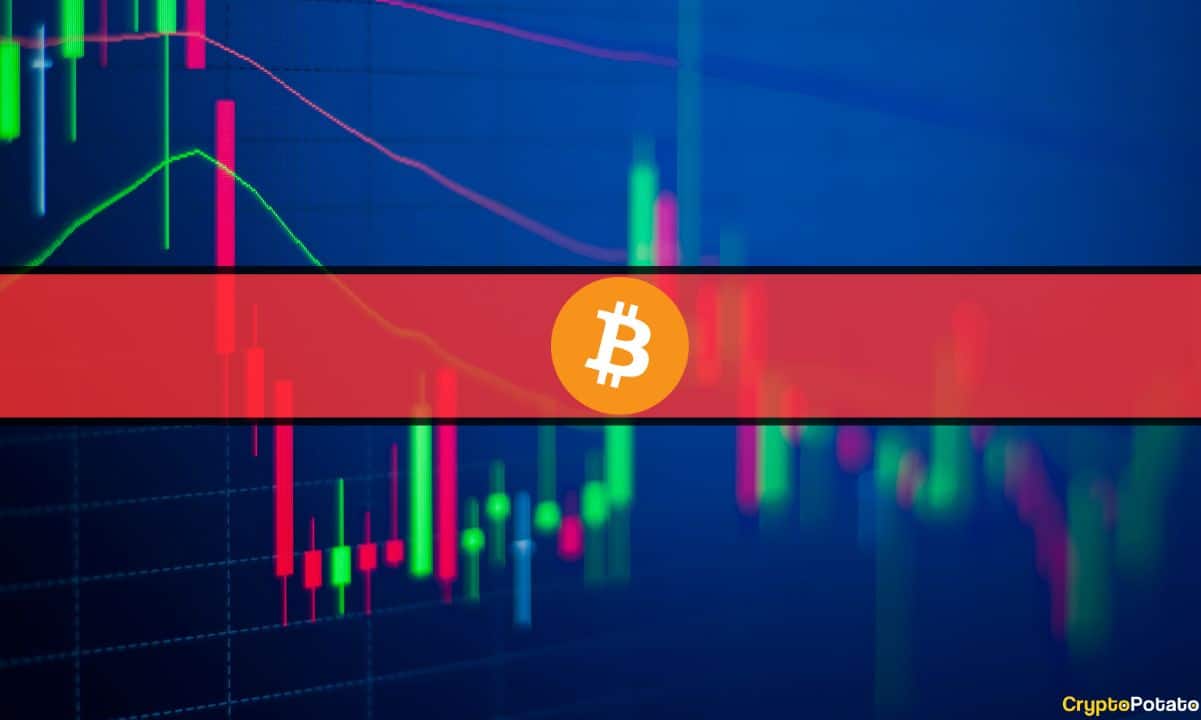Almost 130 Million Polkadot (DOT) Locked in Parachains as of Q1 2022, Report
Crypto analytics resource Messari published a report on Polkadot’s Q1 performance, outlining the layer-zero protocol’s price action, network usage, latest developments in staking and decentralization, and possibilities ahead.
The paper stated that Polkadot has successfully completed 13 parachain slot auctions, with a total of 127.8 million DOT – worth $2.9 billion (at Q1’s end) and around 11% of the total supply – bonded. In addition, 28 more parachain slot auctions are scheduled through February 2023, making the total number 41.
Although the active and new accounts have decreased in the same period, the growth of parachains confirms the steady progress of the ecosystem.
Decentralized Staking
A day after the protocol approved the first parachain slot auction for Nov. 11 last year, DOT reached ATH at $55.08. However, since then, the asset’s price has been trading downward along with the broader market. The report attributed the drop of active accounts to users locking their DOT to support their desired parachain(s) in a slot auction because DOT locked in a “crowd loan” cannot be withdrawn for use in other applications.
Meanwhile, over the Q1 of 2021, the number of addresses holding DOT has increased steadily, indicating a consistently growing interest in the ecosystem despite the market remaining bearish.
By adopting the Nominated Proof-of-Stake (NPoS) consensus mechanism designed to decentralize the network’s validator set, Polkadot had 294 of 297 (99%) of validators getting 1.8–2.6 million DOT staked.
It is considered as a form of healthy validator distribution by total stake – a success of decentralizing the overall power due to the mechanism incentivizing nominators to stake with lower-staked validators to earn higher rewards.
The number of working developers is also a critical metric that evaluates the robustness of an ecosystem. The report noted that “Q1 2022 saw a 10% drop in average monthly developer activity as developers prioritized enabling previously deployed features rather than developing new features.”
It concluded that Polkadot’s developer activity remains at the top tier in crypto, trailing only to Ethereum.
Ecosystem Challenges
The Polkadot network also faced serious challenges stepping into 2022. The report said interest in the ecosystem had declined after users flooded for partaking in the parachain slot auctions in November.
It suggested that the layer one protocol “needs a spark,” such as developing “a new primitive(s) utilizing the cross-chain architecture and XCM communication” to attract users again. Also, the network’s main wallet, Polkadot JS wallet, has been criticized by users for its general functionalities.
The report finally pointed out that the uniqueness of the architecture has led to misunderstandings and misconceptions that deter a wider adoption of the network.









